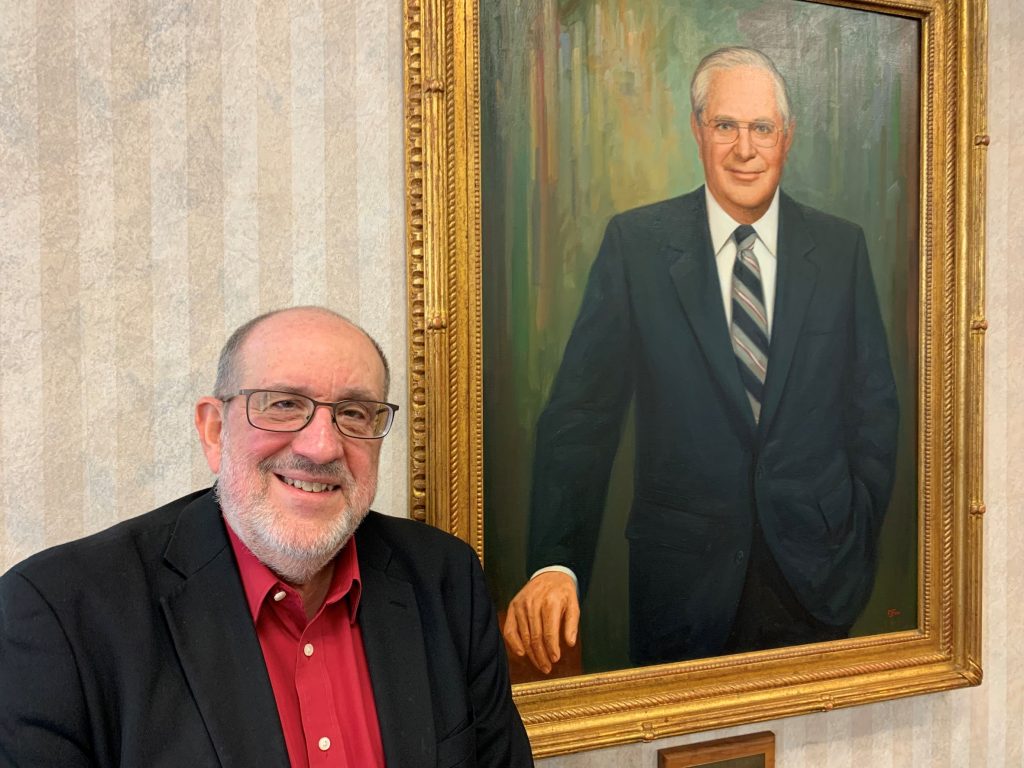(p. A1) For a glimpse at why inflationary pressures aren’t likely to ease anytime soon, consider the bicycle.
Bike prices in the U.S. and Europe rose sharply at the start of the pandemic because of booming consumer spending and snarl-ups in global supply chains that meant long delays and higher costs for manufacturers.
Now, manufacturers are working on building bikes for 2022 in a continuing environment of economic uncertainty—with more questions added recently by the emergence of the Omicron variant of the coronavirus. Today’s rampant demand and strangled supply are already pushing next year’s prices higher.
“The cost of our product is not going down,” says Richard Thorpe, chief executive of Karbon Kinetics Ltd., which sells Gocycle electric bikes world-wide from its base in Chessington, southern England. “If that is inflation, I wouldn’t call it transitory.”
. . .
(p. A12) Mr. Thorpe resisted pushing up prices for Gocycles in 2021 because he spent a chunk of the year explaining to unhappy customers why supply-chain disruptions meant there would be delays to their orders. . . .
He says he is pressing ahead with price increases for 2022 because he doesn’t expect these supply-chain issues to get much better. He estimates the cost to the company of producing a single bike has shot up by 20% to 25% compared with the cost before the pandemic, as competition between manufacturers for common parts pushes prices skyward.
Seatpost prices have gone up 20% in the past 12 months. So have prices for the cranks the rider turns when pedaling. Handlebars are up 11%. Brake levers and calipers are up 14%. Chain prices are up 17%, and reflectors are up 50%, according to Karbon Kinetics.
Mr. Thorpe learned by email Wednesday that higher prices for magnesium—used in Gocycle wheels—mean future shipments of wheels will be 17% more expensive than they are now.
Multiple industries are competing for the batteries, semiconductor chips and tiny electronic components Gocycle uses for its dashboard displays, power management systems and charging ports.
. . .
Shipping a container full of parts from China costs him around $20,000, Mr. Thorpe says. It used to cost $4,000. Shortages of pallets and blockages at ports mean he can’t be certain when shipments will arrive. He estimates shipping costs for a single bike have effectively doubled, on average, depending on where exactly it is destined.
The flood of demand for bikes as the pandemic arrived took the industry by surprise, executives say, an example of how unprepared the global economy was for the mass switch in consumption to goods from services as the pandemic forced people to stay home.
. . .
Part of the explanation for consumer demand for bikes is a Covid-19-related trend that is pushing up prices for all sorts of manufactured goods. The pandemic has meant people are less able to spend their income on eating out, overseas travel and other services, so have been splashing out on gadgets and recreational products instead.
Retailers say consumer demand pushing up bicycle prices is still intense. Some bike buyers are seeking ways to avoid traffic or public transport as they return to the regular commute, a trend that is fueling adoption of pricey electric bikes in particular. Some retailers say they are seeing recent converts to cycling upgrade basic models for more expensive rides.
For the full story, see:
(Note: ellipses added.)
(Note: the online version of the story has the date December 1, 2021, and has the title “Is Inflation Sticking Around? Bicycle Makers Offer Some Clues.”)



